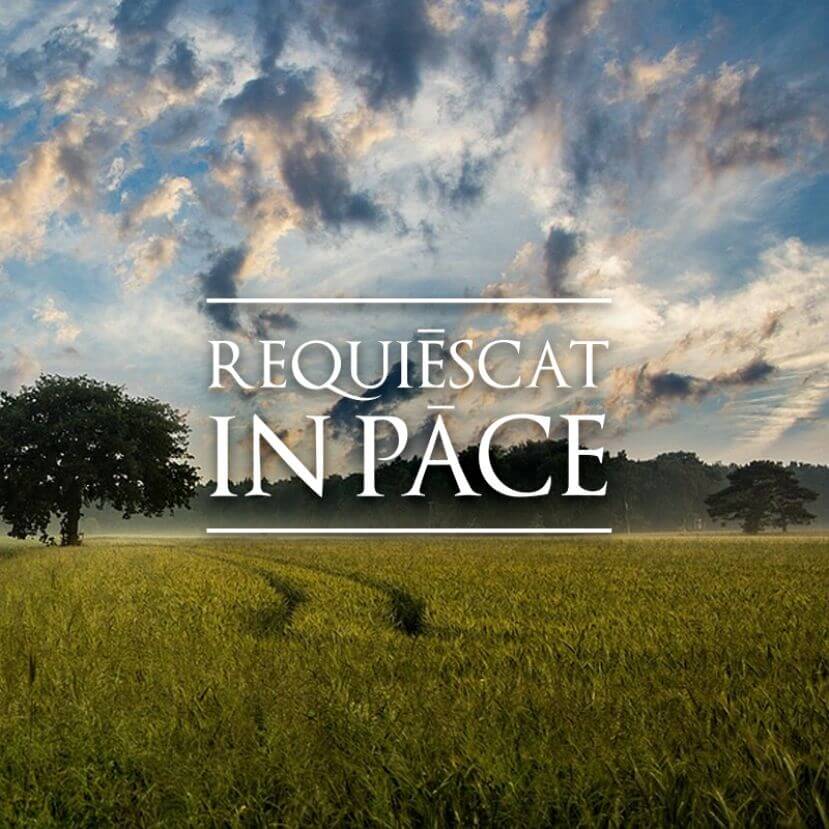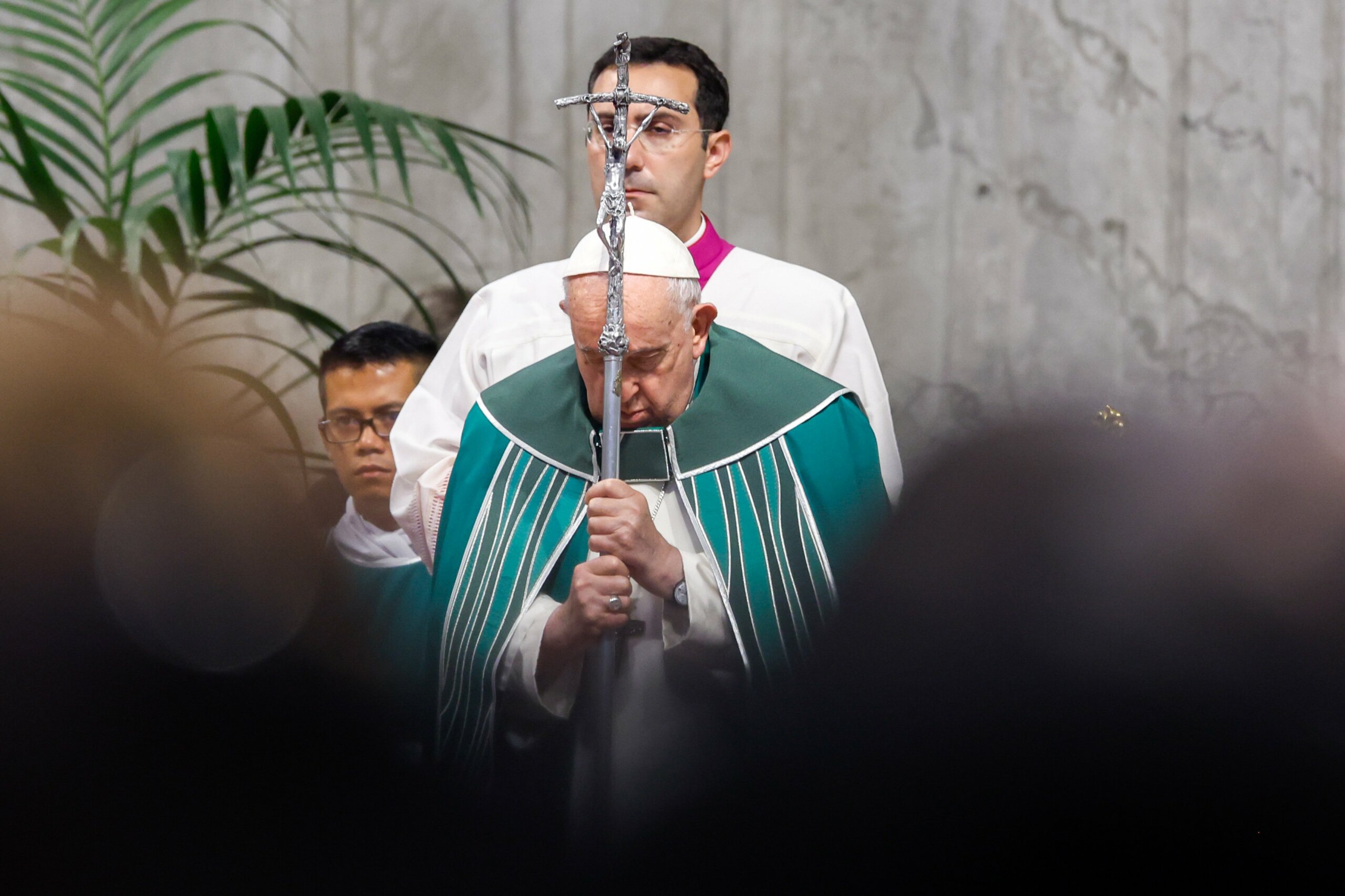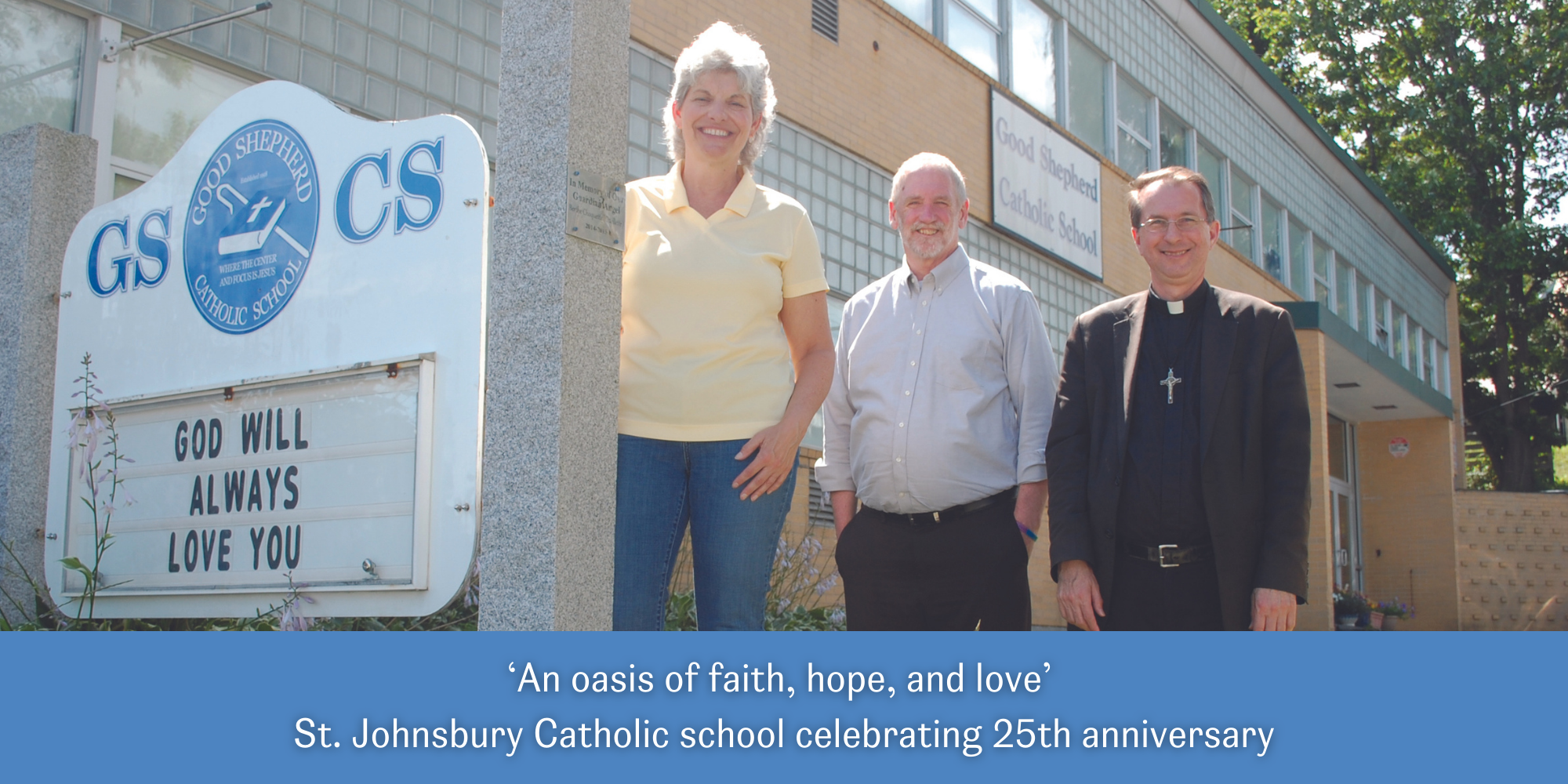A report summarizing discussions at the assembly of the Synod of Bishops said the church may need more welcoming pastoral approaches, especially to people who feel excluded, but also acknowledged fears of betraying traditional church teachings and practices.
Among the topics addressed in the report were clerical sexual abuse, women’s roles in the church, outreach to poor and the concept of “synodality” itself.
The assembly, with 364 voting members — 365 counting Pope Francis — met in working sessions six days a week Oct. 4-28 after a three-day retreat outside of Rome. They were scheduled to join the pope Oct. 29 for the assembly’s closing Mass.
After the voting on the synthesis concluded, the pope said he wanted to remind everyone that “the protagonist of the synod is the Holy Spirit.” He briefly thanked the synod officers and joined members of the assembly in giving thanks to God.
The assembly’s discussions set the stage for a year-long period of reflection that will culminate in the second and final synod assembly in late 2024 on the same topic.
The 41-page synthesis report, voted on paragraph-by-paragraph Oct. 28, described its purpose as presenting “convergences, matters for consideration and proposals that emerged from the dialogue” on issues discussed under the headings of synodality, communion, mission and participation.
Every item in the report was approved by at least two-thirds of the members present and voting, synod officials said. They published the results of each vote.
Within the synod topics, members looked at the role of women in the church, including in decision making, and at the possibility of ordaining women deacons. The report asked for more “theological and pastoral research on the access of women to the diaconate,” including a review of the conclusions of commissions Pope Francis set up in 2016 and 2020.
The paragraph was approved 279-67, which was more than the needed two-thirds support but still garnered among the highest negative votes.
Among members of the assembly, the report said, some thought the idea of women deacons would be a break with tradition, while others insisted it would “restore the practice of the Early Church,” including at the time of the New Testament, which mentions women deacons.
“Others still, discern it as an appropriate and necessary response to the signs of the times, faithful to the Tradition, and one that would find an echo in the hearts of many who seek new energy and vitality in the Church,” it said. But, the report added, some members thought that would “marry the Church to the spirit of the age.”
Although the paragraph had more than two-thirds approval, it received more negative votes than any other item, passing 277 to 69.
Assembly members also discussed pastoral approaches to welcoming and including in the life of parishes people who have felt excluded, including the poor, people with disabilities, LGBTQ+ Catholics and Catholics whose marriages are not recognized by the church.
The synthesis report did not use the term “LGBTQ+” or even “homosexuality” and spoke only generally of issues related to “matters of identity and sexuality.”
“To develop authentic ecclesial discernment in these and other areas, it is necessary to approach these questions in the light of the Word of God and Church teaching, properly informed and reflected upon,” the report said. “In order to avoid repeating vacuous formulas, we need to provide an opportunity for a dialogue involving the human and social sciences, as well as philosophical and theological reflection.”
The divergences in the assembly, it said, reflected opposing concerns: that “if we use doctrine harshly and with a judgmental attitude, we betray the Gospel; if we practice mercy ‘on the cheap,’ we do not convey God’s love.”
Still, it said, “in different ways, people who feel marginalized or excluded from the Church because of their marriage status, identity or sexuality, also ask to be heard and accompanied. There was a deep sense of love, mercy and compassion felt in the Assembly for those who are or feel hurt or neglected by the Church, who want a place to call ‘home’ where they can feel safe, be heard and respected, without fear of feeling judged.”
The report emphasized the “listening” that took place on the local, national and continental levels before the assembly and the “conversations in the Spirit” that took place during it, which involved each person speaking in his or her small group, other participants at first commenting only on what struck them, silent reflection and then discussion.
In several places throughout the report, assembly members insisted that greater efforts must be made to listen to the survivors of clerical sexual abuse and those who have endured spiritual or psychological abuse.
“Openness to listening and accompanying all, including those who have suffered abuse and hurt in the Church, has made visible many who have long felt invisible,” it said. “The long journey toward reconciliation and justice, including addressing the structural conditions that abetted such abuse, remains before us, and requires concrete gestures of penitence.”
Members of the assembly said the process helped them experience the church as “God’s home and family, a Church that is closer to the lives of her people, less bureaucratic and more relational.”
However, it said, the terms “synodal” and “synodality,” which “have been associated with this experience and desire,” need further clarification, including theological clarification and, perhaps, in canon law.
Some participants, it said, questioned how an assembly where about 21 percent of participants were lay women, lay men, religious and priests could be termed a Synod of Bishops.
The report also acknowledged fears, including that “the teaching of the Church will be changed, causing us to depart from the Apostolic faith of our forebears and, in doing so, betraying the expectations of those who hunger and thirst for God today.”
In response, though, assembly members said, “We are confident that synodality is an expression of the dynamic and living Tradition.”
“It is clear that some people are afraid that they will be forced to change; others fear that nothing at all will change or that there will be too little courage to move at the pace of the living Tradition,” the report said.
“Also,” it added, “perplexity and opposition can sometimes conceal a fear of losing power and the privileges that derive from it.”
Members of the assembly described the synodal process as being “rooted in the Tradition of the Church” and taking place in light of the teaching of the Second Vatican Council, particularly its emphasis on “the Church as Mystery and People of God, called to holiness.”
Synodality, they said, “values the contribution all the baptized make, according to their respective vocations,” and thus “constitutes a true act of further reception of the Council.”
The report also insisted the purpose of synodality is mission.
“As disciples of Jesus, we cannot shirk the responsibility of demonstrating and transmitting the love and tenderness of God to a wounded humanity,” the report said.
Throughout the synod process, the report said, “many women expressed deep gratitude for the work of priests and bishops. They also spoke of a Church that wounds. Clericalism, a chauvinist mentality and inappropriate expressions of authority continue to scar the face of the Church and damage its communion.”
“A profound spiritual conversion is needed as the foundation for any effective structural change,” it said. “Sexual abuse and the abuse of power and authority continue to cry out for justice, healing and reconciliation.”
—Cindy Wooden, CNS






